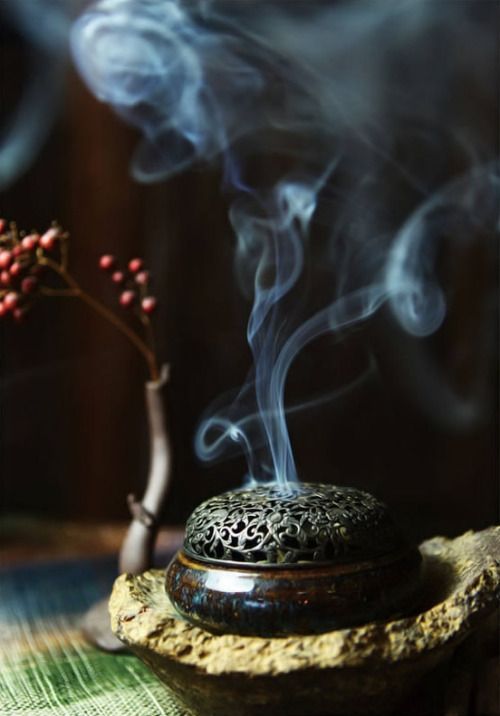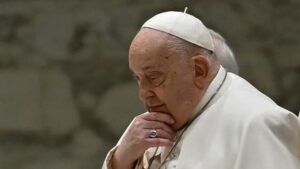Many faithful came to celebrate Epiphany with the Oblates of the Virgin Mary. Father François, the rector, and Fathers Yves and Guillaume were at pains to help the faithful rediscover the meaning and significance of such an event: the adoring presence of three visitors from the East. As astronomers, they were certain that a happy event was taking place in a Middle Eastern royalty. They had only one desire: to meet a God [sens de l’encens], a King [la raison de l’or] and a Saviour through this prefiguration of the Redemption – a work accomplished in his death and resurrection – [announced, in the funeral rite, by the use of myrrh].
*******************************************
Thomas Renaud of Aleteia, in 2018, talks about the symbolism of these three oblates -offerings: gold, frankincense and myrrh- offered by these three characters in Scripture.
Christ the King’s gold
Although it would be anachronistic to speak of Christ the King in interpreting the biblical text, it is indeed to the kingship of Christ, King of kings, that the Fathers of the Church refer when they evoke gold. “Behold the gold: it is a king!wrote St Gregory the Great in a homily on the Epiphany, before going on to say: “Here is frankincense: it is a God; here is myrrh: it is a mortal”.. All the great spiritual traditions of antiquity linked gold to the divine. Inalterable and full of brilliance, this material quickly became reserved for the aristocracy, royal power and religious functions. In its Latin meaning, gold etymologically refers to light and the sun, aurum meaning dawn. And while gold was also rejected in biblical tradition as a sign of idolatry, the evangelist Saint John confirms its dignity in the liturgy of Christ’s return in the Book of Revelation.

Incense, used in worship, evokes divinity
Frequently used in worship to deities in Assyrian and Egyptian civilizations, incense was one of the most precious of goods. Romans and Greeks also held it in high esteem. In those times, incense had a value equal to or even greater than gold. An attribute of the divine, the incense of the Magi salutes the newborn child in the humble crib, and beyond deceptive appearances, a God. Also present in the “liturgy” of the Apocalypse, incense offered in adoration by means of a censer has become an enduring part of the Church’s liturgical tradition. As the sacred smoke rises to heaven, it carries the prayers of the faithful: “Let my prayer rise like incense before you”, says the psalmistsays the psalmist(Ps 140:2).

Myrrh, a reminder that Jesus is a God made man.
Like frankincense, myrrh, an aromatic resin, was prized by ancient civilizations for its fragrance. The Hebrews used it to make holy anointing oil for priests. Martine De Sauto reminds us of a lesser-known use: Mixed with wine, myrrh enhanced its euphoric virtue and, according to Jewish custom, this beverage was sometimes offered to the tortured to alleviate their suffering, which was precisely the case for Jesus…”. (Mk 15:23). Used to embalm the dead, it was also used to prepare Christ’s mortal remains, as recounted in the Gospel according to Saint John: “Nicodemus – the one who had originally come to Jesus during the night. He brought a mixture of myrrh and aloes weighing about a hundred pounds. So they took Jesus’ body and bound it in linen cloths, using spices according to the Jewish custom of burying the dead. ” Two uses that recall the humanity of the Redeemer, from the very beginning of his earthly existence.




